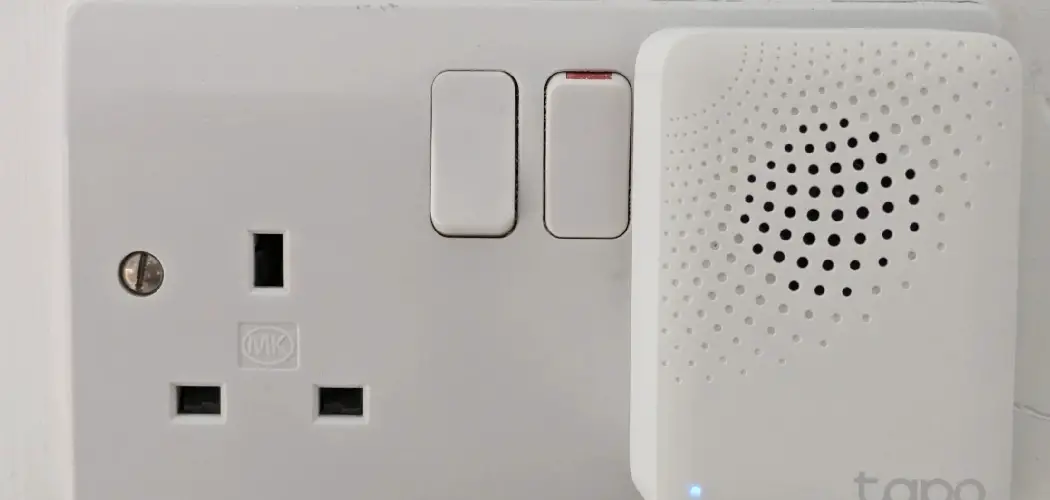Wiring a motion sensor light switch is a practical and efficient way to enhance both the security and convenience of your home’s lighting system. By installing a motion sensor switch, you can automate the operation of your lights, ensuring they only illuminate when needed, thus conserving energy and enhancing safety.
Whether you’re looking to upgrade an existing light fixture or install a new one, understanding the process of wiring a motion sensor switch is essential. From selecting the appropriate switch and positioning the motion sensor to connecting the wires correctly, each step plays a vital role in ensuring proper functionality and reliability.
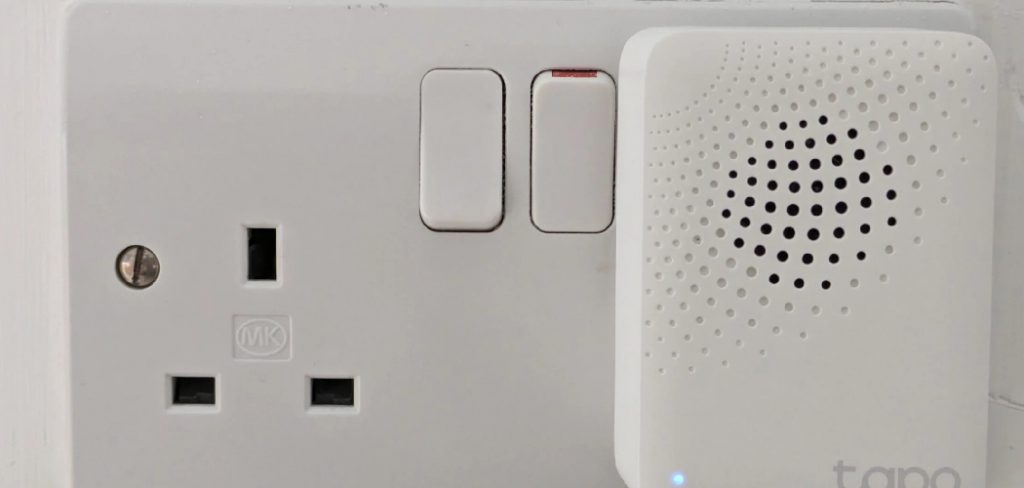
In this guide, we’ll delve into the essential steps and considerations for how to wire a motion sensor light switch, empowering you to install this valuable addition to your home with confidence and ease.
Importance of Motion Sensor Light Switches
Motion sensor light switches offer a dual advantage of enhancing home security and improving energy efficiency. By detecting movement within their vicinity, these switches activate lighting automatically, deterring potential intruders and providing illumination for safe passage during nighttime.
This automatic activation means lights are not left on unnecessarily, contributing to significant energy savings over time. Furthermore, motion sensor switches add a layer of convenience, eliminating the need to manually turn lights on and off, which is particularly beneficial in hard-to-reach areas or during moments when one’s hands are full.
Their adaptability in various settings, from indoor hallways to outdoor patios, underscores their versatility and the added value they bring to modern living spaces.
Benefits of Installing Motion Sensor Light Switches
The installation of motion sensor light switches brings multiple benefits that extend beyond mere convenience and security. Firstly, they are instrumental in reducing energy consumption and, consequently, lowering electricity bills. By ensuring lights operate only when movement is detected, these devices prevent unnecessary energy waste, contributing to a more eco-friendly home environment.
Additionally, motion sensor switches enhance safety by illuminating dark areas as soon as movement is sensed, reducing the risk of accidents and falls. This feature is particularly beneficial for households with elderly residents or young children. Furthermore, the convenience afforded by motion sensor lights cannot be overstated. They remove the nuisance of having to find light switches in the dark and the frustration of forgetting to turn off lights when leaving a room. By automating lighting, these switches also contribute to a modern, high-tech home aesthetic, increasing the property’s appeal and potential value.
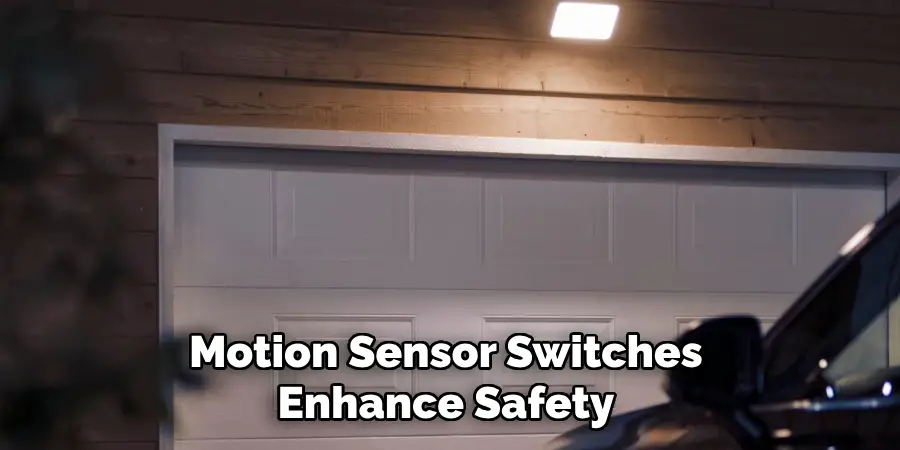
All in all, motion sensor light switches represent a smart home upgrade that provides practical, financial, and aesthetic benefits.
Understanding Motion Sensor Light Switches
Motion sensor light switches operate on a simple yet sophisticated principle—they detect motion within a specified range and trigger the lighting system to turn on or off accordingly. These switches use various types of technologies to sense movement, with infrared and ultrasonic sensors being the most common.
Infrared sensors detect changes in the heat pattern caused by moving persons or objects, while ultrasonic sensors emit sound waves and analyze the echo returned to sense movement. Some advanced models combine both technologies for enhanced accuracy and reduced chances of false activations.
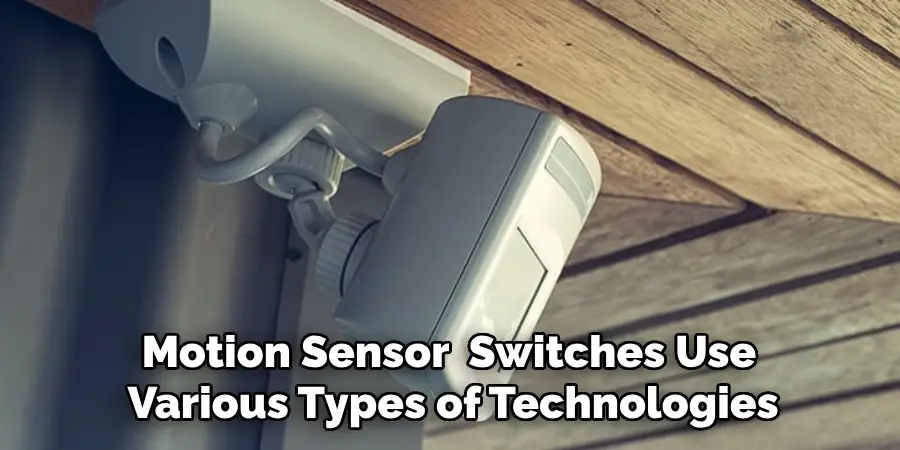
Aside from the sensor technology, it’s also important to understand the customization options available with these switches. Features such as time delay adjustments allow users to set how long lights should remain on after no motion is detected, providing greater control over energy use. Sensitivity settings can also be adjusted to prevent the lights from being triggered by small, irrelevant movements.
This level of customization ensures that motion sensor light switches can be tailored to meet the specific needs and preferences of any household, making them an adaptable and essential part of modern home automation systems.
What is a Motion Sensor Light Switch?
A Motion Sensor Light Switch is an advanced lighting control device that automatically turns lights on or off based on the detection of physical movement within its sensing range. It integrates motion detection technology to monitor a designated area for activity and triggers the connected lighting system accordingly.
This smart device optimizes lighting usage, ensuring that lights are utilized only when necessary, thereby enhancing energy efficiency and convenience. Key to modern home automation systems, motion sensor light switches are designed to improve home security, reduce energy consumption, and provide ease of use in everyday life.
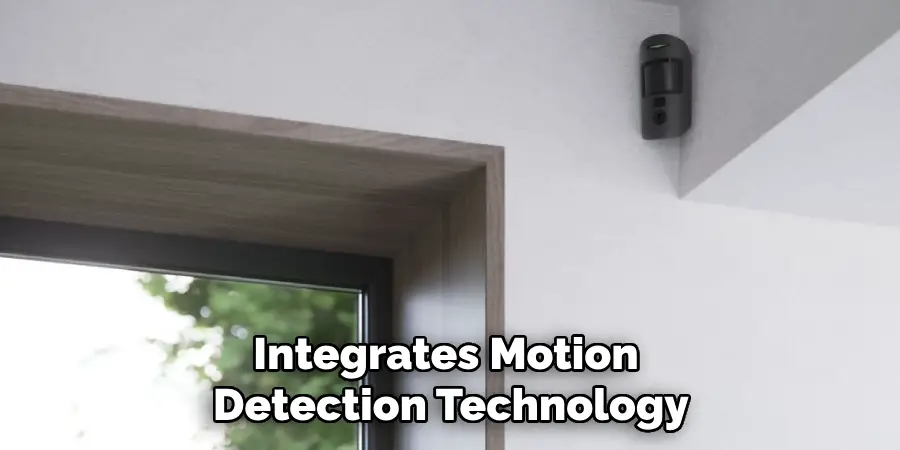
Through sophisticated sensors, these switches can distinguish between the need for artificial lighting and unnecessary energy usage, making them an intelligent addition to any lighting system.
Types of Motion Sensor Technologies
When it comes to motion sensor light switches, the technology behind them plays a crucial role in their effectiveness and application. The main types of motion sensor technologies include Passive Infrared (PIR), Ultrasonic, Microwave, and Dual-Technology sensors, each with its unique method of detecting movement.
Passive Infrared (PIR)
Passive Infrared sensors detect body heat (infrared energy) emitted by humans and animals. When someone enters the sensor’s field of view, the PIR sensor detects the change in infrared energy levels and activates the light. These sensors are highly effective in environments where they can be adjusted to ignore small animals, reducing false triggers.
Ultrasonic
Ultrasonic sensors work by emitting high-frequency sound waves and measuring the echo returned after bouncing off surfaces. Movement changes the frequency of the returning sound waves, which the sensor detects, triggering the light switch. Ultrasonic sensors are particularly useful for open areas without obstacles that could hinder sound wave propagation.
Microwave
Microwave sensors emit microwave pulses and then measure their reflection off moving objects to detect motion. This type of sensor can cover a larger area compared to PIR sensors and can detect movement through obstacles such as glass and thin walls. However, they are more prone to false triggers and are typically more expensive.
Dual-Technology
Dual-Technology motion sensors combine the features of PIR and ultrasonic technologies to minimize false activations while ensuring accurate motion detection. By requiring both heat and movement changes to trigger the light, these sensors offer a balanced solution, often used in spaces where precision is critical.
Each technology offers distinct advantages, and the choice among them often depends on the specific requirements of the installation site, such as the area’s size, the ambient environmental conditions, and the desired level of sensitivity and accuracy.
Choosing the Right Motion Sensor
Selecting the optimal motion sensor light switch depends on several factors, including the installation environment, the size of the area to be monitored, the type of activity expected, and budget constraints.
For residential settings, Passive Infrared (PIR) sensors are often the most cost-effective and efficient choice, particularly suitable for rooms and areas where motion involves significant body heat changes, such as living rooms, hallways, and bathrooms. Ultrasonic sensors, while more sensitive, might be more suitable for large, open spaces without obstructions, like open-plan homes or large offices, though they may require more fine-tuning to avoid false triggers.
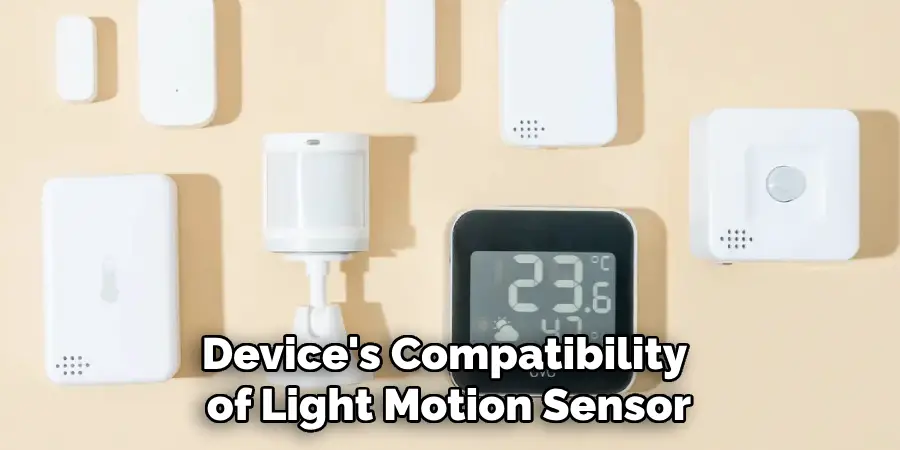
Microwave sensors, with their ability to penetrate walls and objects, could be ideal for more complex installations that require coverage through obstacles but might be overkill for simple home use due to their higher price point and potential for false alarms. Dual-Technology sensors are best-suited for areas where precision is vital and false triggers need to be minimized; they combine the strengths of PIR and ultrasonic sensors, providing a more reliable detection mechanism that justifies their higher cost for specific applications.
When choosing a motion sensor, it’s also crucial to consider the device’s compatibility with existing home automation systems, the ease of installation and setup, and any additional features like adjustable sensitivity, timer settings, and integration with other smart home devices.
By thoroughly evaluating these aspects, homeowners can ensure they select a motion sensor light switch that not only enhances home security and energy efficiency but also fits seamlessly into their lifestyle and home environment.
Essential Materials for Wiring
When installing a motion sensor light switch, having the right materials on hand is crucial for a successful and safe setup. Essential wiring materials include:
- Electrical Wire: Select the appropriate gauge and type (e.g., NM-B, THHN) based on the circuit’s voltage rating and local electrical codes.
- Wire Nuts: Used to securely connect wires together. Ensure they are the correct size for the wires being connected.
- Wire Strippers: Necessary for removing insulation from wire ends to make connections.
- Screwdrivers: Both flathead and Philips head screwdrivers are essential for securing wires and mounting the switch.
- Voltage Tester: A non-contact voltage tester is essential for safety, ensuring wires are not live before working on them.
- Electrical Tape: Use electrical tape to insulate wire connections and to label wires for easy identification.
- Mounting Screws and Anchors: These are necessary for securing the motion sensor switch to the wall.
- Electrician’s Pliers: Handy for twisting wires together and gripping electrical components during installation.
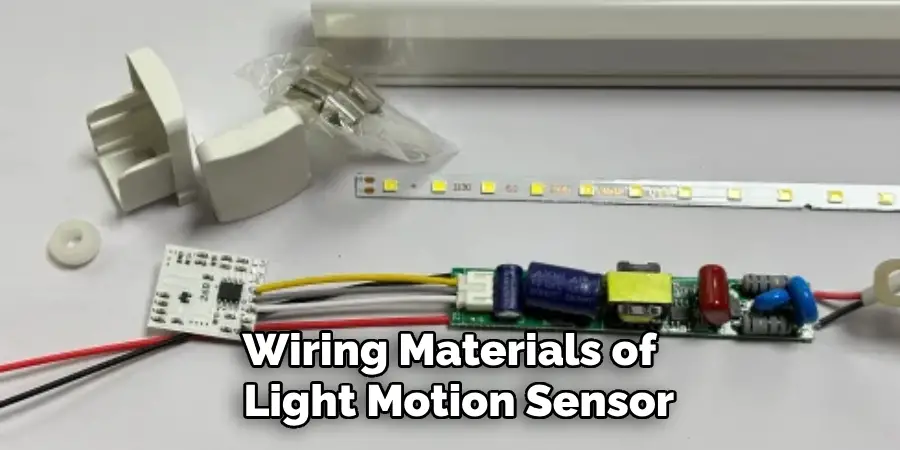
In addition to these materials, protective gear such as safety glasses and gloves should be worn to protect against potential sparks or exposed wires. Being prepared with these essential wiring materials can streamline the installation process, ensuring a secure and efficient setup of your motion sensor light switch.
Importance of Safety Measures
When undertaking the installation of motion sensor light switches, adhering to safety measures is imperative. This not only ensures the protection of those involved in the setup but also secures the functionality and longevity of the system. Prioritizing safety involves a thorough understanding of the electrical system you are working with, including the capacity of circuits and the correct handling of tools and materials.
Before initiating any installation, turning off the power at the circuit breaker and verifying the absence of voltage in the wires using a non-contact voltage tester is crucial. This step prevents the risk of electric shock, which can lead to serious injuries or fatalities. Additionally, wearing appropriate personal protective equipment (PPE), such as insulated gloves and safety glasses, provides an added layer of protection against unexpected hazards.

It’s also important to follow manufacturer instructions and local electrical codes to the letter. These guidelines are designed not only for the safety of the installer but also for the safety of the household or building occupants. Incorrect installation can result in malfunctions, leading to potential fire hazards or system failures.
Lastly, for those who are inexperienced or uncomfortable with electrical work, seeking assistance from a qualified electrician is strongly advised. A professional can ensure that the installation meets all safety standards and operates reliably, providing peace of mind.
Handling Electrical Components Safely
When dealing with the installation of motion sensor light switches or any electrical component, handling the components safely is paramount to prevent damage to the equipment and ensure personal safety. First and foremost, always handle electrical components with clean, dry hands to prevent corrosion or short circuits. It’s also essential to keep the components in their protective packaging until the moment of installation to avoid accidental damage from static electricity or physical impacts.
Understanding the specifics of each component is crucial. This includes knowing the voltage ratings, the type of connections required, and the correct orientation for installation. Misunderstanding these aspects can lead to faulty installations that may not only fail but also pose serious safety risks.

Be mindful of static discharge, especially in dry environments. Use anti-static wristbands or mats when working with sensitive electronic parts. When soldering or making wire connections, ensure proper ventilation and use heat-shrink tubing or electrical tape to insulate exposed wires, preventing short circuits.
10 Methods How to Wire a Motion Sensor Light Switch
1. Gather Your Tools and Materials
Before you begin, it’s essential to gather all the necessary tools and materials for the job. These typically include:
- Motion sensor light switch
- Screwdriver (flathead and Phillips)
- Wire stripper/cutter
- Electrical tape
- Wire nuts
- Voltage tester
- Electrical junction box (if not already installed)
- Electrical wires (typically black, white, and green)
Ensure that you have turned off the power supply to the area where you’ll be working by switching off the circuit breaker or removing the fuse.
2. Choose the Location
Select the ideal location for your motion sensor light switch. Consider factors such as the range of the motion sensor, the coverage area, and accessibility to power sources. Common locations include entryways, pathways, and outdoor areas requiring security lighting.
3. Prepare the Wiring
If you’re replacing an existing light switch with a motion sensor switch, start by removing the old switch from the wall. Take note of how the wires are connected to the switch terminals. If there’s no existing switch, you’ll need to run wiring from the electrical panel to the new motion sensor switch location.
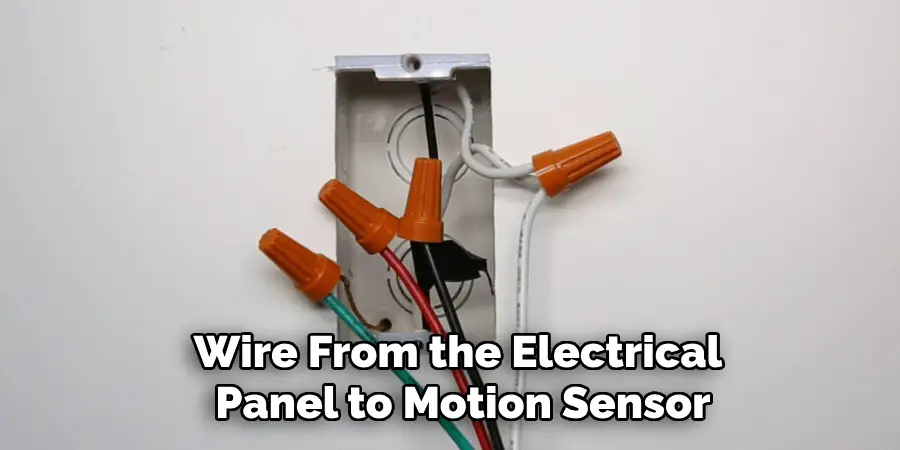
4. Install the Junction Box
If there’s no electrical junction box at the installation location, you’ll need to install one. Follow local building codes and safety guidelines for properly mounting the junction box. Ensure it is securely attached to the wall or ceiling.
5. Connect the Ground Wire
Begin wiring the motion sensor switch by connecting the green or bare copper ground wire from the switch to the grounding wire in the junction box. Use a wire nut to secure the connection and wrap it with electrical tape for added safety.
6. Connect the Neutral Wire
Next, connect the white neutral wire from the motion sensor switch to the white neutral wire in the junction box. Again, use a wire nut and electrical tape to secure the connection.
7. Connect the Load Wire
Identify the load wire, which is typically black, and connect it to the black hot wire in the junction box. This wire provides power to the light fixture controlled by the motion sensor switch. Use a wire nut and electrical tape to secure the connection.
8. Install the Motion Sensor Switch
Carefully insert the motion sensor switch into the electrical junction box, ensuring that the wires are neatly tucked inside. Secure the switch to the box using the provided screws, following the manufacturer’s instructions.
9. Test the Wiring
Before closing up the junction box and turning the power back on, it’s crucial to test the wiring to ensure everything is connected correctly. Use a voltage tester to check for the presence of power in the wires and confirm that the switch is functioning as expected.
10. Adjust the Settings
Once the wiring is confirmed to be correct, adjust the settings on the motion sensor switch according to your preferences. This may include adjusting the sensitivity, duration of the light, and other settings specific to the model of the switch.
Conclusion
In conclusion, mastering the wiring of a motion sensor light switch empowers homeowners with enhanced security, convenience, and energy efficiency. By following this comprehensive guide, you’ve gained the knowledge and confidence needed to successfully install and maintain these intelligent lighting solutions.
Remember, safety should always be a priority when working with electrical systems, so take the necessary precautions and consult a professional if you encounter any challenges beyond your expertise. Thanks for reading, and we hope this has given you some inspiration on how to wire a motion sensor light switch!

